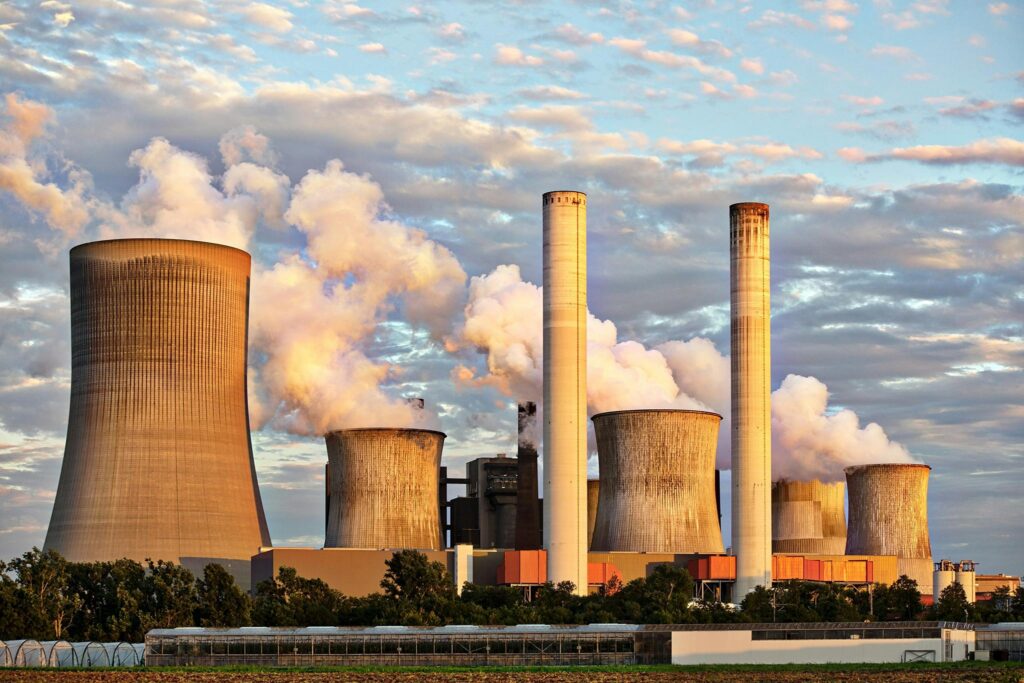Solid Particulate Matter (SPM) refers to a mixture of fine solid particles suspended in the atmosphere, originating from both natural and anthropogenic sources. These particles play a significant role in air pollution and have been a subject of scientific study for decades due to their adverse effects on human health, climate, and ecosystems. The evolution of the concept of SPM, its classification, and its environmental consequences have been explored extensively by various scholars and organizations.
Evolution of the Concept of SPM
The study of airborne particulate matter dates back to the early 19th century when scientists first noticed the impact of industrial emissions on air quality. One of the earliest studies on air pollution was conducted by John Evelyn in 1661, who wrote “Fumifugium,” highlighting the adverse effects of coal smoke in London. However, the systematic study of particulate matter began in the 20th century.
A major turning point in the understanding of SPM came after the Great Smog of London in 1952, which resulted in thousands of deaths due to high levels of airborne pollutants. This event led to increased scientific research and regulatory measures, such as the Clean Air Act of 1956 in the UK. In the 1970s, with the advent of advanced atmospheric monitoring technologies, researchers could quantify different particle sizes and compositions, leading to a more refined classification of SPM.
Prominent scientists like Arthur C. Stern and John H. Seinfeld contributed significantly to air pollution studies, helping to develop models for predicting particulate dispersion and environmental impact. The establishment of the Environmental Protection Agency (EPA) in 1970 further accelerated research in air quality and particulate matter regulations.
Types of Solid Particulate Matter
SPM is categorized based on its size, origin, and composition:
- Based on Size:
- PM10 (Particulate Matter ≤ 10 micrometers): These coarse particles include dust, pollen, and mold spores.
- PM2.5 (Particulate Matter ≤ 2.5 micrometers): Finer particles originating from combustion processes, vehicle emissions, and industrial activities.
- Ultrafine Particles (UFPs, ≤ 0.1 micrometers): These nanoparticles pose the highest health risks as they can penetrate deep into the lungs and bloodstream.
- Based on Origin:
- Natural Sources: Volcanic eruptions, forest fires, sea salt, soil dust, and biological particles.
- Anthropogenic Sources: Industrial emissions, vehicular exhaust, construction activities, and agricultural practices.
- Based on Composition:
- Organic Carbon (OC) and Elemental Carbon (EC): Result from incomplete combustion of fossil fuels.
- Metals and Heavy Elements: Lead, cadmium, arsenic, and mercury from industrial waste.
- Secondary Particulates: Formed by chemical reactions of precursor gases like sulfur dioxide (SO2) and nitrogen oxides (NOx).
Environmental and Health Impacts of SPM
The presence of SPM in the atmosphere has wide-ranging consequences:
- Health Effects:
- Short-term exposure leads to respiratory issues, eye irritation, and cardiovascular diseases.
- Long-term exposure can cause chronic obstructive pulmonary disease (COPD), lung cancer, and reduced life expectancy.
- Vulnerable populations, including children, the elderly, and individuals with pre-existing conditions, are at greater risk.
- Climate Change:
- SPM alters atmospheric radiation balance by absorbing and scattering sunlight, contributing to global warming and cooling effects.
- Black carbon (soot) from fossil fuel combustion accelerates the melting of ice caps by reducing the reflectivity of snow.
- Ecosystem Disruptions:
- Acid rain results from sulfuric and nitric acid formation in the atmosphere, leading to soil and water acidification.
- Deposition of heavy metals and toxic particulates affects plant growth and reduces biodiversity.
- Economic and Social Costs:
- Increased healthcare costs due to pollution-related diseases.
- Reduced agricultural yields due to particulate deposition on crops.
- Infrastructure degradation caused by particulate-induced corrosion and soiling.

Mitigation Strategies and Global Efforts
Governments and organizations worldwide have implemented regulations to reduce SPM pollution. Some notable efforts include:
- The Clean Air Act (1970, USA): Set standards for permissible pollutant levels.
- European Union Air Quality Directives: Establishes limits for PM10 and PM2.5.
- China’s Air Pollution Action Plan: Targets industrial emissions and coal reduction.
- WHO Air Quality Guidelines: Provides global recommendations to mitigate health risks.
Technological advancements such as electrostatic precipitators, scrubbers, and catalytic converters help control emissions. Promoting green energy sources and sustainable urban planning are also crucial steps towards reducing SPM levels.
Conclusion
The study of Solid Particulate Matter has evolved significantly from early observations to sophisticated monitoring and regulatory mechanisms. As scientific understanding of SPM grows, it is crucial to implement stringent measures to mitigate its impact on health, climate, and ecosystems. Continued research, technological innovation, and policy interventions are necessary to address this pressing environmental issue.
References
- Evelyn, J. (1661). Fumifugium.
- Seinfeld, J. H., & Pandis, S. N. (1998). Atmospheric Chemistry and Physics.
- Stern, A. C. (1976). Air Pollution, Volume I–IV.
- WHO Air Quality Guidelines, 2021.
- EPA Reports on Air Quality, 2023.
- The Great Smog of London, 1952: Environmental Case Study.















